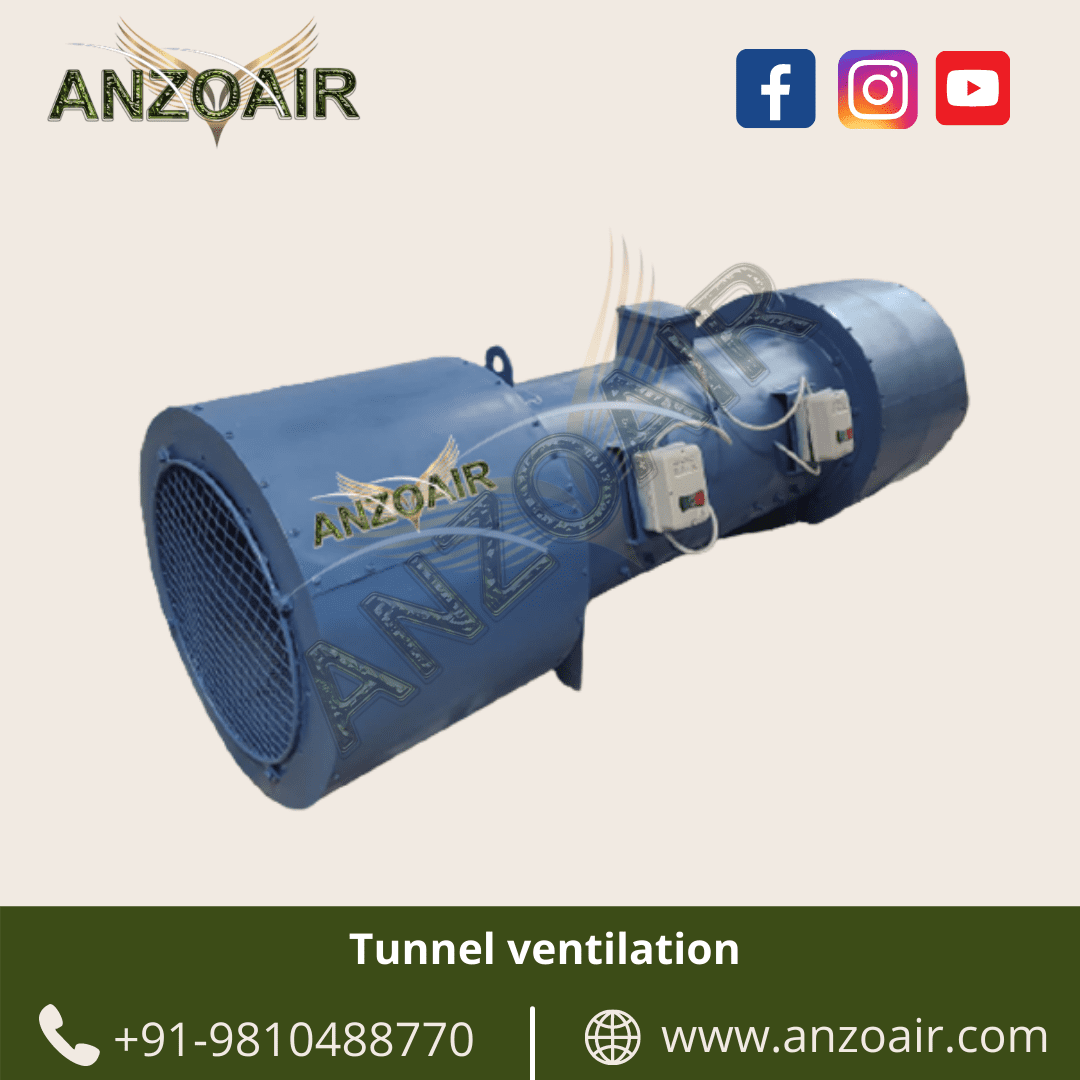Tunnel ventilation
Tunnel ventilation refers to the system and techniques used to manage air quality, temperature, and smoke within tunnels, such as road tunnels, railway tunnels, and underground passages. The primary goal of tunnel ventilation is to ensure the safety and comfort of users by providing adequate ventilation and controlling environmental conditions, especially in the event of emergencies like fires or accidents.
Air Quality Control : Tunnel ventilation systems are designed to maintain acceptable levels of air quality by removing pollutants generated by vehicle emissions, engine exhaust, and other sources. Ventilation fans are strategically placed to extract polluted air and bring in fresh outdoor air to dilute contaminants.
Temperature Regulation : Tunnel ventilation helps regulate temperatures inside the tunnel to ensure comfortable conditions for users and prevent overheating or excessive cooling. Ventilation systems may be used to expel heat buildup during warmer months and provide supplemental heating during colder periods.
